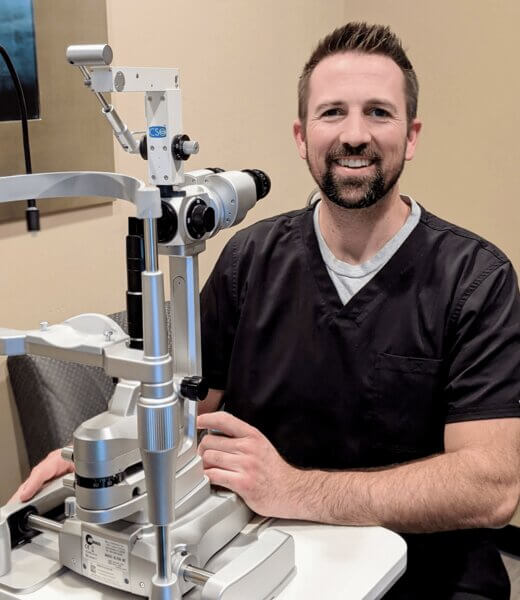
In today’s fast-paced world, where stress and anxiety have become almost commonplace, people often resort to different coping mechanisms. Smoking, unfortunately, is one such habit that offers temporary relief but at the expense of long-term health repercussions. One aspect often overlooked in discussions about smoking’s ill effects is its impact on eye health. In this comprehensive guide, we’ll delve into the various smoking – eye health risks, shedding light on why this habit should raise concerns beyond its well-known effects on the respiratory system. Let’s explore the numerous reasons why stubbing out the habit is a crucial step towards safeguarding your vision and overall well-being.
Smoking – Eye Health Risks: A Closer Look
Smoking – Eye Health Risks is a topic that demands our attention as it involves not only the health of our eyes but also the overall quality of life. The act of smoking, whether it’s cigarettes, cigars, or pipes, introduces harmful substances into the body. These substances, including nicotine and carbon monoxide, have far-reaching consequences, even impacting our eyesight. Below are some of the critical smoking – eye health risks:
Impaired Blood Circulation and Oxygen Supply
The harmful chemicals in tobacco smoke can constrict blood vessels, reducing blood circulation throughout the body, including the eyes. This diminished blood flow deprives the eyes of essential nutrients and oxygen, increasing the risk of various eye conditions.
Increased Risk of Age-Related Macular Degeneration (AMD)
Age-related macular degeneration, a leading cause of vision loss in older adults, becomes more likely with smoking. The toxic chemicals in tobacco damage the macula, the part of the retina responsible for central vision, causing blurriness and blind spots.
Greater Likelihood of Cataracts
Cataracts, characterized by the clouding of the eye’s natural lens, are more prevalent among smokers. The harmful substances in smoke accelerate the breakdown of proteins in the lens, hastening the formation of cataracts and impairing vision.
Dry Eye Syndrome
Smoking contributes to dry eye syndrome, a condition where the eyes don’t produce enough tears to maintain proper lubrication. This leads to discomfort, irritation, and a higher risk of eye infections.
Retinal Damage
The retina, crucial for converting light into signals that the brain interprets as images, can be damaged due to smoking. This damage increases the chances of retinal detachment, a sight-threatening condition requiring immediate medical attention.
Glaucoma Risk
Smokers face an elevated risk of developing glaucoma, a group of eye conditions that damage the optic nerve and can result in blindness. The chemicals in smoke disrupt the delicate balance of eye pressure, contributing to the development of glaucoma.
Pregnancy-Related Eye Issues
For expectant mothers who smoke, the risks extend to their babies’ eye health. Smoking during pregnancy increases the likelihood of premature birth and low birth weight, both of which can lead to various eye problems in infants.
Impaired Color Vision
Studies suggest that smoking may affect color vision, leading to difficulties in distinguishing between certain shades. This impairment can hinder daily activities that rely on accurate color perception.
Weakened Immune Response
Smoking weakens the immune system, making the eyes more susceptible to infections. Conjunctivitis and other eye infections are more common among smokers due to compromised defense mechanisms.
Delayed Healing After Eye Surgery
Individuals who smoke often experience slower healing after eye surgeries such as LASIK or cataract removal. Smoking impedes the body’s natural healing processes, prolonging recovery times.
FAQs
Q: Can vaping or using smokeless tobacco products mitigate smoking-related eye risks?
No, these alternatives still contain harmful substances that can adversely affect eye health.
Q: Are the eye risks of smoking reversible if one quits?
While quitting smoking can halt further damage, some effects may be irreversible. It’s crucial to quit as soon as possible to preserve remaining vision.
Q: How does secondhand smoke impact eye health?
Secondhand smoke contains many of the same harmful substances, putting nonsmokers at risk of eye conditions and other health issues.
Q: Can a healthy diet counteract the effects of smoking on the eyes?
A healthy diet rich in antioxidants can support eye health but cannot fully counteract the damage caused by smoking.
Q: Are children of smokers also at risk of eye problems?
Yes, children exposed to secondhand smoke have an increased risk of developing eye conditions and other health problems.
Q: Is it ever too late to quit smoking for the sake of eye health?
It’s never too late to quit. Even after years of smoking, quitting can significantly reduce the risk of further eye damage.
The eyes are not only windows to the soul but also valuable indicators of our overall well-being. Understanding the smoking – eye health risks is essential to make informed decisions about our habits. Smoking not only affects lung health but also casts a dark shadow over the precious gift of sight. By quitting smoking, individuals can take a significant step toward safeguarding their vision and improving their quality of life. It’s time to prioritize our eyes and make choices that contribute to a brighter and healthier future.
Remember, your eyes deserve the best care. Say no to smoking and say yes to a clearer, brighter, smoke-free world.
Tatum Eyecare is North Phoenix’s premier family eye care center. We’ve spared no expense to create the most pleasant, comfortable patient experience… including the finest furnishings, the best selection of prescription eyeglass frames, the most cutting-edge technology, and the most outstanding team of industry professionals. Come see why the choice for family eye care in the Valley has never been clearer.



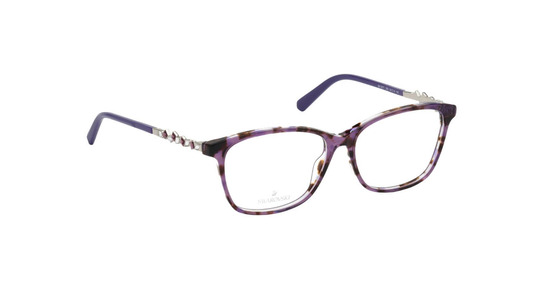
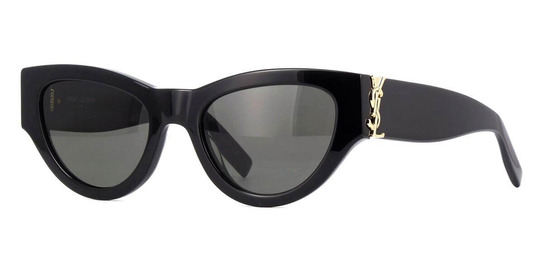
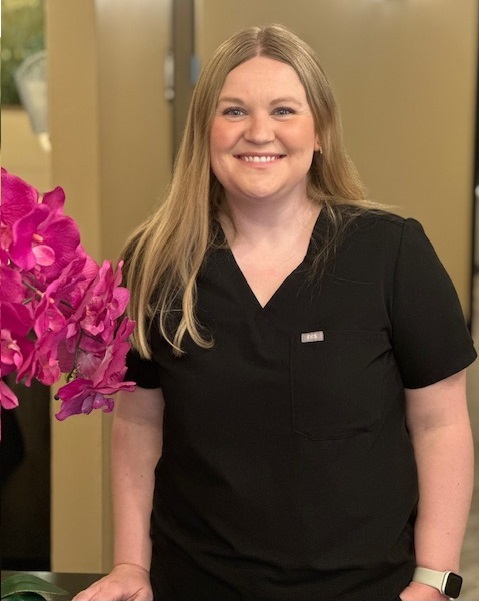
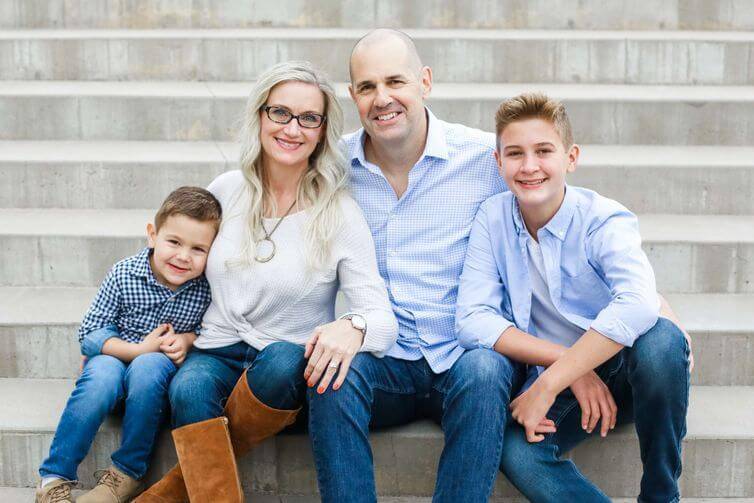

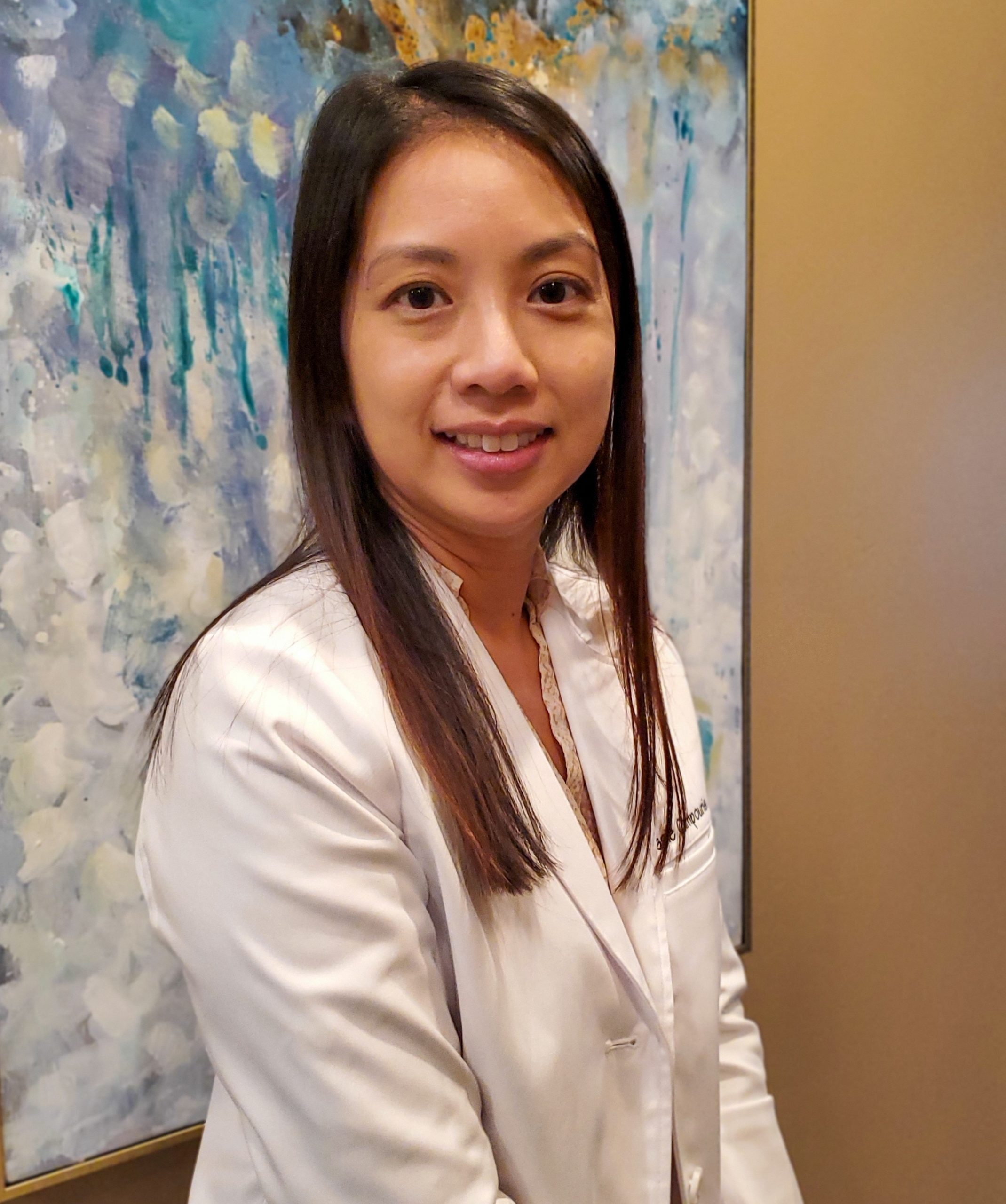
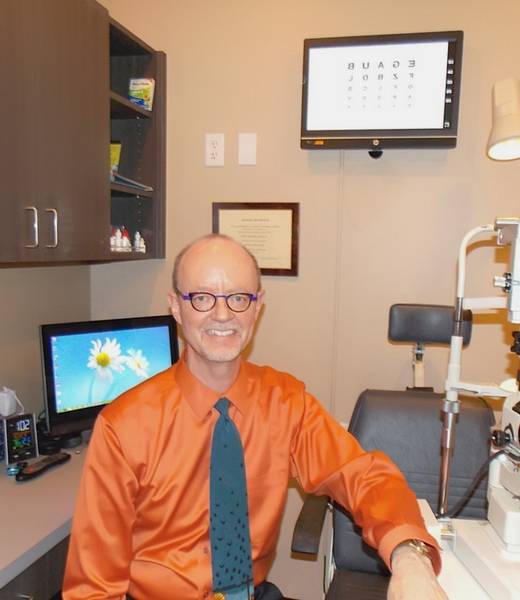

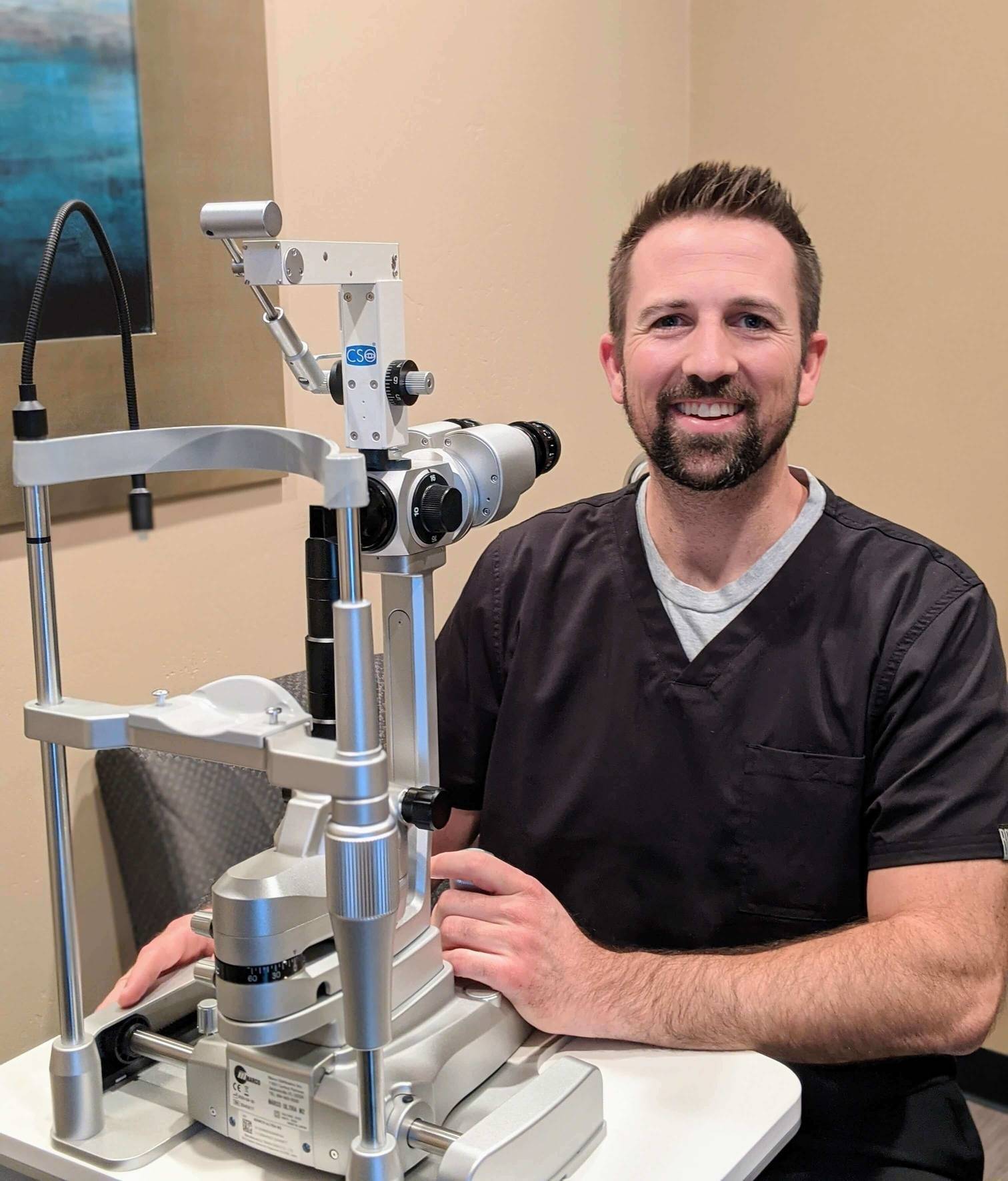
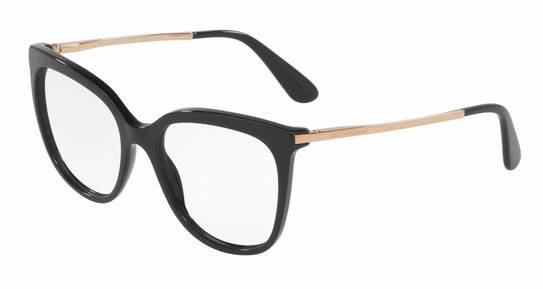






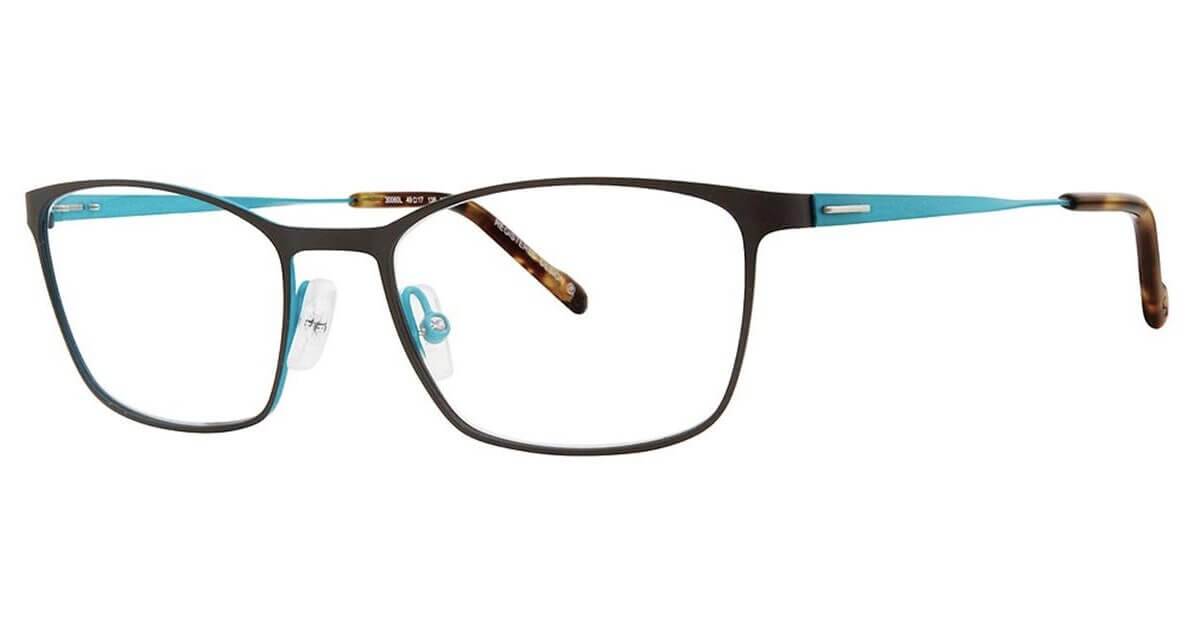

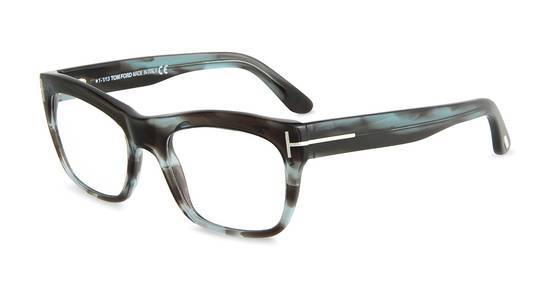
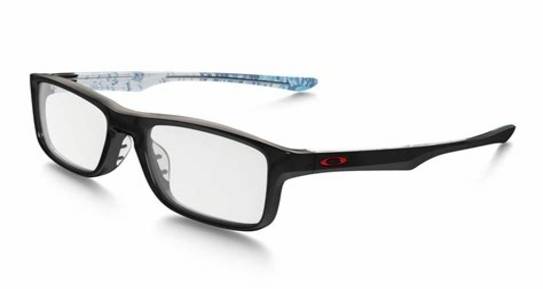

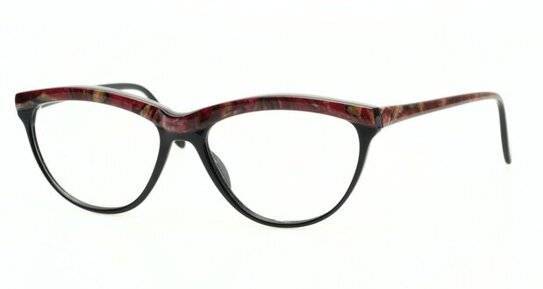
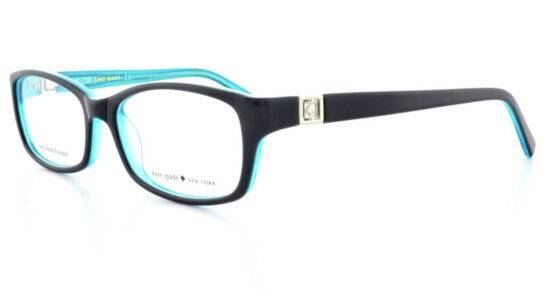
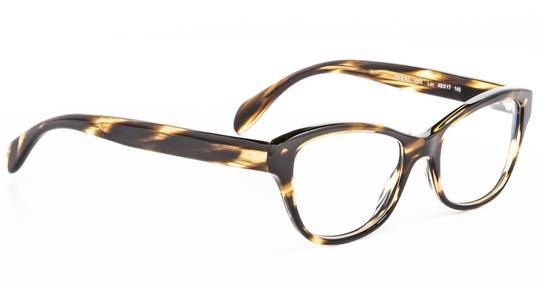
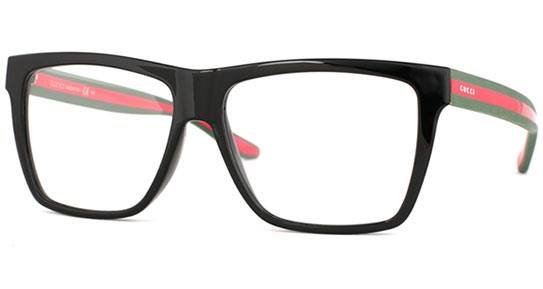

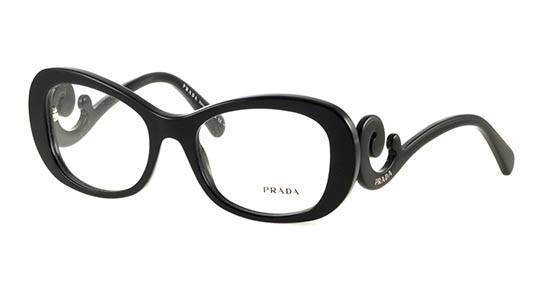
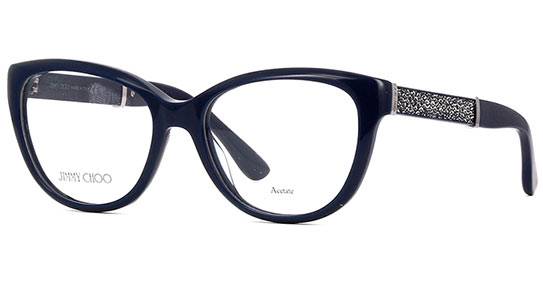
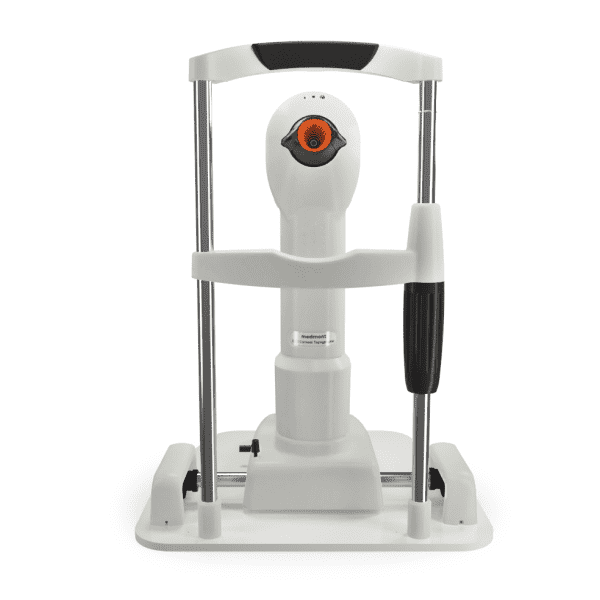
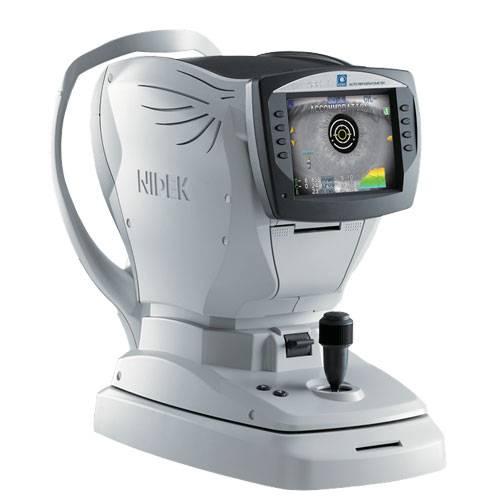
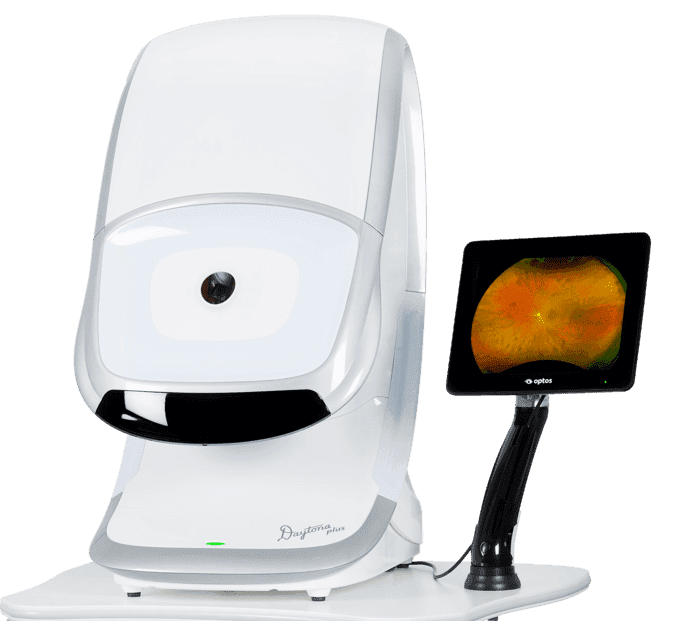
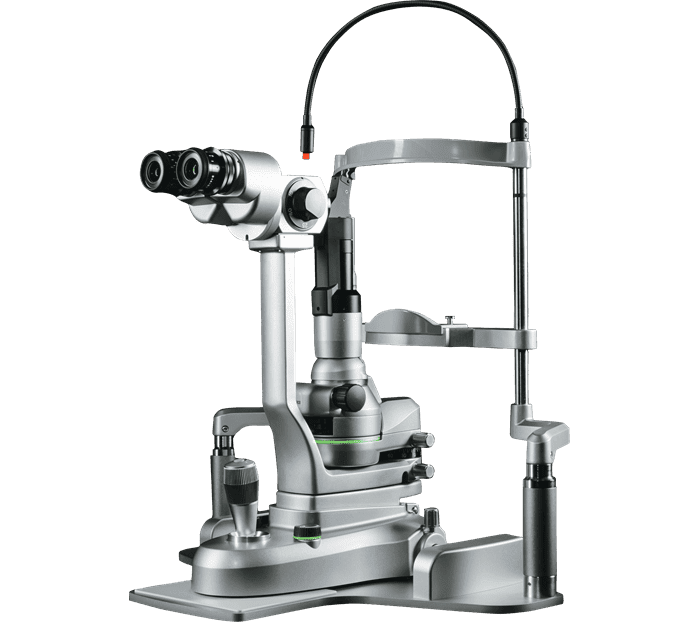
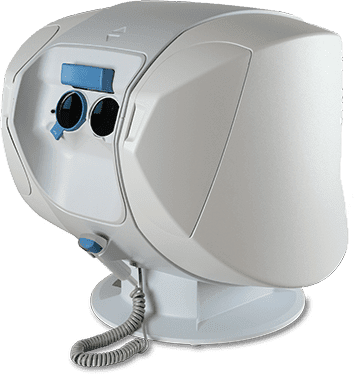
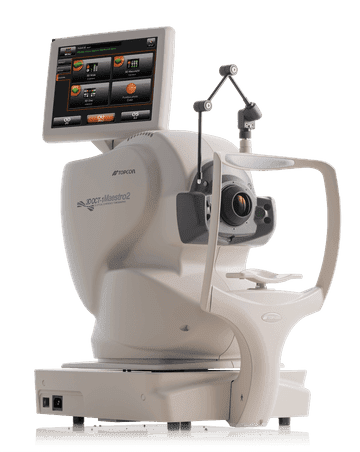
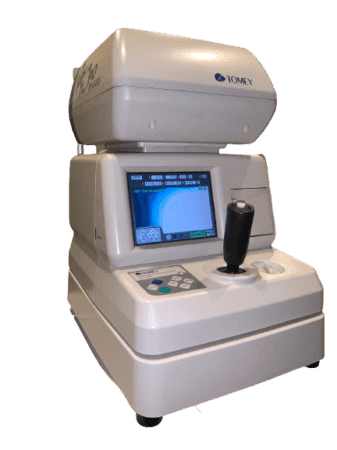
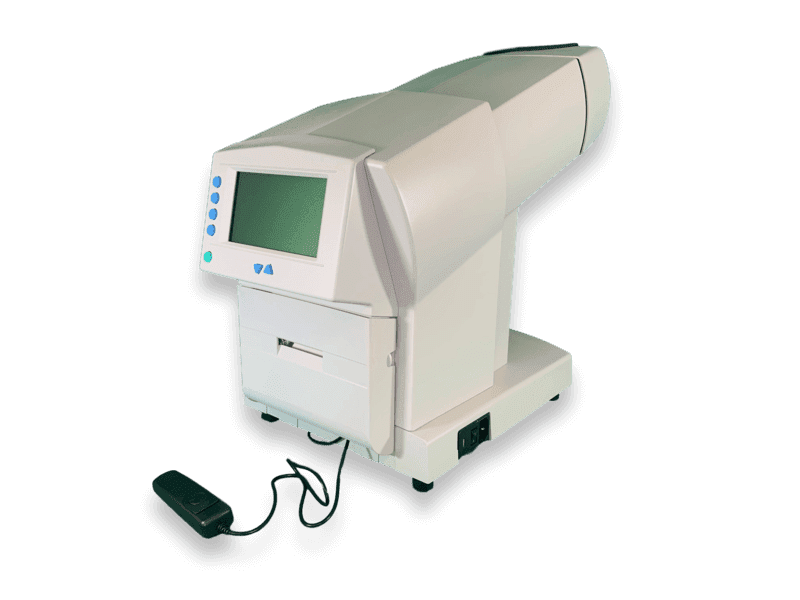
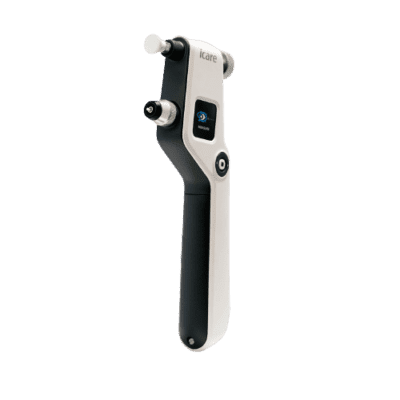
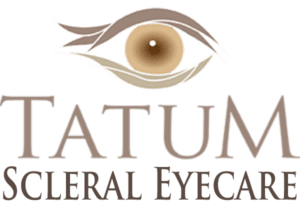
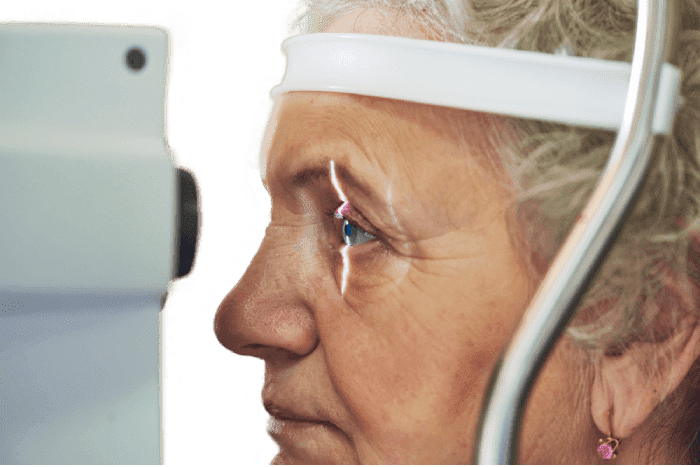
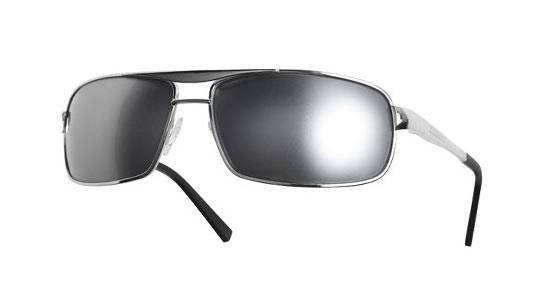 Dillon Optics, the performance eyewear arm of Dillon Precision, have a unique non-reflective, matte lens appearance incorporated with NIR lens technology. This produces noticeably sharper clarity, and protects the lens from damage and harmful environmental conditions. Perfect for outdoor sports and activities where precision vision is required. Tatum Eyecare carries a wide variety of Dillon Optics eyewear.
Dillon Optics, the performance eyewear arm of Dillon Precision, have a unique non-reflective, matte lens appearance incorporated with NIR lens technology. This produces noticeably sharper clarity, and protects the lens from damage and harmful environmental conditions. Perfect for outdoor sports and activities where precision vision is required. Tatum Eyecare carries a wide variety of Dillon Optics eyewear.




